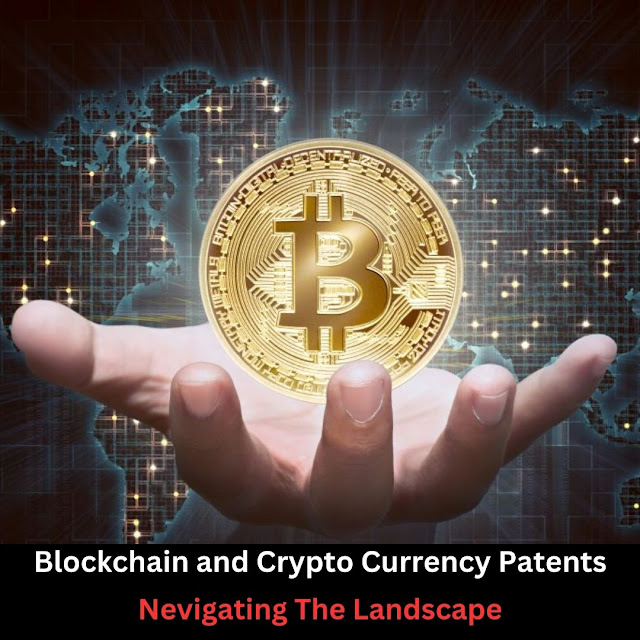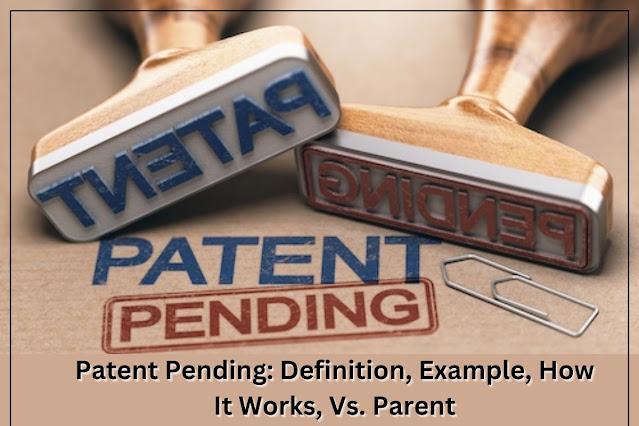Virtual Reality and the Future of Invention
Virtual
Reality (VR) often evokes images from science fiction films like 'Minority
Report.' But the truth is that technology today is so integrated into our daily
lives that it hardly separates us from it. Computer games, medical devices,
education... The future belongs to virtual reality. How does it work?
We are only just beginning to understand virtual reality. One hundred years ago, no one could imagine headsets that read our movements and convert them into a 3D virtual environment. These days most of the idea for invention come from VR/AR fields. There are some best invention help companies.
Even if it did not resemble what we imagine as virtual reality today, they did have their own version of it. Many industries, particularly the inventing industry, have benefitted from these VR iterations.
WHAT IS
VIRTUAL REALITY?
An immersive environment created by a computer is called Virtual Reality (VR). The virtual reality environment conveys the sense of being immersed in the world around the user. Virtual Reality helmets or headsets allow you to view this environment. Video games allow us to experience the characters as if we were one of them, heart surgery allows us to learn how to perform, or sports training allows users to improve performance.
Despite this seemingly futuristic appearance, the concept is not as new as we might think. A machine called Sensorama has often been thought to be one of the first Virtual Reality devices, as it played 3D movies, emitted smells, and transmitted vibrations to make the experience as real as possible. As early as the mid-1950s, the invention was made. In subsequent years, technological and software advancements also resulted in progressive device design advancements.
We already live in an era where the lines between the real and virtual worlds are blurring, and the extended reality (XR) revolution has already begun. You can invent a app based on AR/VR.
We probably won't be able to imagine XR's full potential until the future. In the meantime, technology is poised for many near-term advances. For example, VR technology will be cheaper, lighter, and faster shortly. We will also enjoy invention idea based on AR and VR experiences on our phones due to advances in smartphone technology (such as better cameras).
We'll
be able to take advantage of 5G wireless networks wherever we are.
MAIN
APPLICATIONS OF VIRTUAL REALITY
The theory
that is predicting our future has been exhausted. So what are the actual uses
of VR in the industry now? Among the areas where this technology has already
been utilized are medicine, culture, education, and architecture. In addition,
we can cross previously unimaginable boundaries with VR, from guided museum
visits to the dissection of a muscle.
VIRTUAL
REALITY MARKET
In
2020, the VR market value reached $17.25 billion, according to Mordor
Intelligence. By 2026, when the technology is expected to be well advanced, the
market is expected to exceed $180 billion.
Virtual
reality is pushed forward by developers and their competitors. Alyx is a
promising VR app beyond simple entertainment, but Astro Bot Rescue Mission also
ranks highly.
AUGMENTED
REALITY MARKET
Pokemon Go, Minecraft Earth, and Instagram's camera filters are examples of how AR has successfully merged with modern entertainment. The technology, however, has also been adopted by many other industries.
A recent Grand View Research report claims the market value of augmented reality will reach $17.67 billion in 2020, a slight increase over virtual reality's $16.7 billion, and neither is showing any signs of slowing down. Moreover, VR may outperform AR due to its differences in usability.
Unlike
virtual reality, augmented reality has already greatly contributed to society.
Augmented reality is the simpler, cheaper technology in the end. There are
multiple apps to
invent.


.jpg)

Comments
Post a Comment